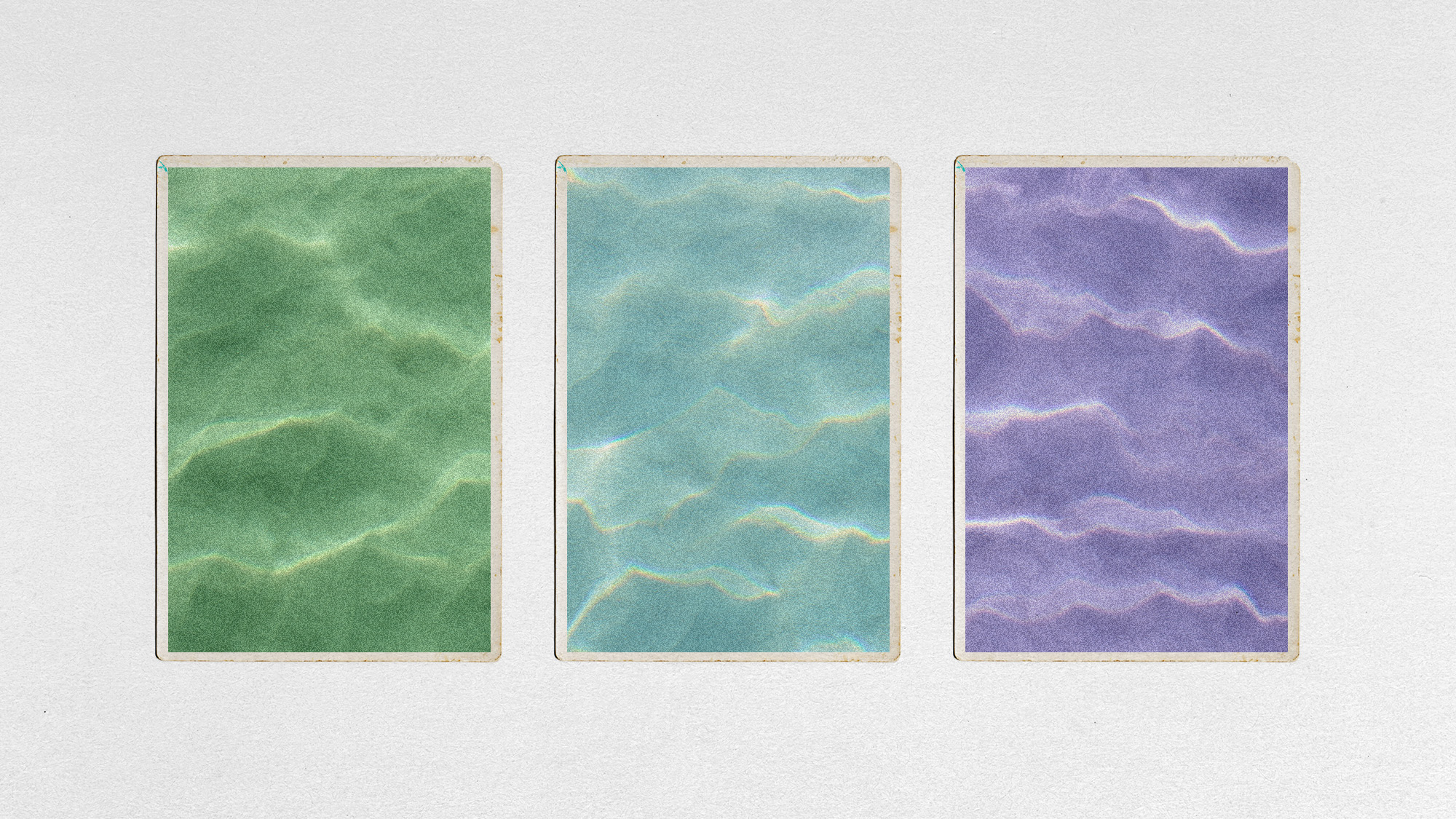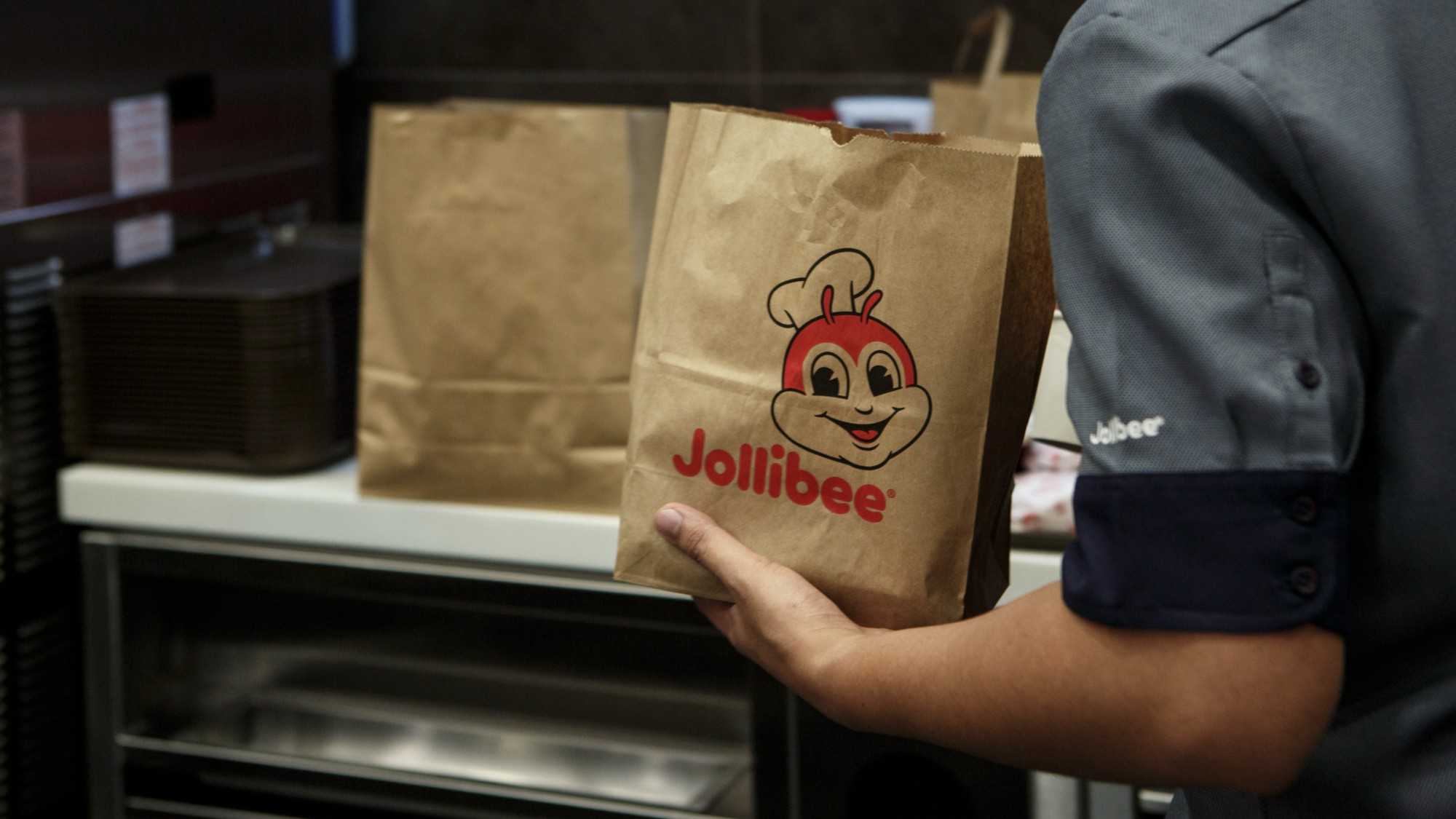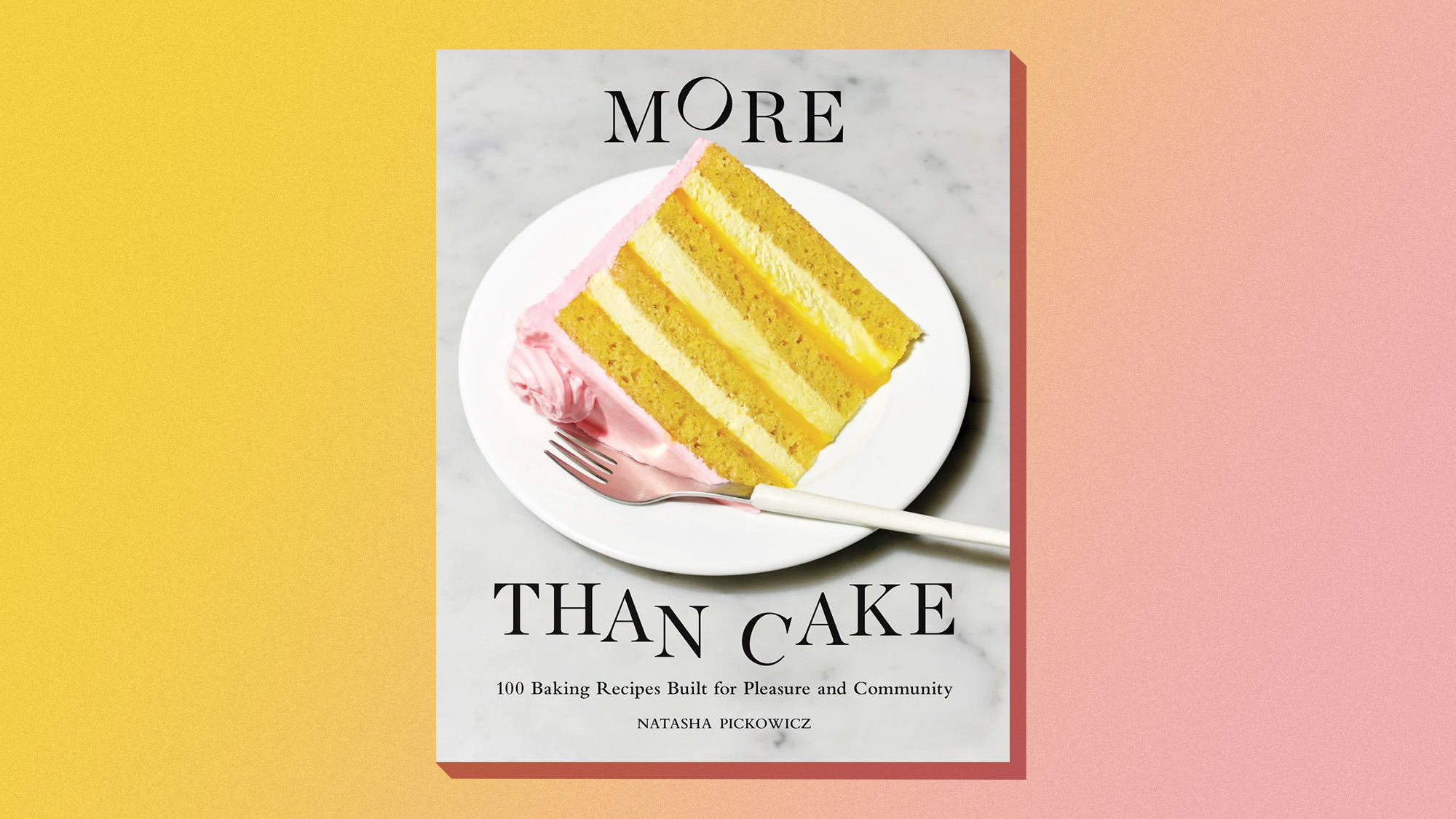Earth's oceans were once green and could one day turn purple
The current blue may be temporary


The deep blue sea may not have always been so blue. A new study suggests that the Earth's oceans may have changed color over time and could change again in the future, depending on the chemical makeup of the water.
Pale green dot
The oceans were likely once a vibrant green color between 3.8 and 1.8 billion years ago, according to a study published in the journal Nature Ecology & Evolution. During this period of Earth's geologic history, called the Archean eon, the oceans and atmosphere were devoid of oxygen. "Life was confined to single cells in the oceans," said New Atlas. "Rainfall eroded iron from continental rocks. Rivers subsequently carried this dissolved iron into the seas, where it was joined by additional ferrous iron ejected from volcanic vents on the ocean floor."
The abundance of iron and the flourishing of microbial life provide evidence for a green ocean. Blue-green algae, also called cyanobacteria, were one of the earliest life forms on Earth and contributed heavily to the oxygenation of the planet. Specifically, they triggered the Great Oxidation Event, when cyanobacteria performed oxygenic photosynthesis for the first time, which "used the energy from the sun and released oxygen," said a release about the study. "Over time, this oxygen accumulated in the atmosphere, dramatically transforming Earth's environment and paving the way for the emergence of our oxygen-breathing ancestors."
The Week
Escape your echo chamber. Get the facts behind the news, plus analysis from multiple perspectives.

Sign up for The Week's Free Newsletters
From our morning news briefing to a weekly Good News Newsletter, get the best of The Week delivered directly to your inbox.
From our morning news briefing to a weekly Good News Newsletter, get the best of The Week delivered directly to your inbox.
The released oxygen from this photosynthetic process then reacted with the ferrous iron in the ocean to produce ferric iron. Ferric iron has different properties from ferrous iron, producing "rust-like particles" in the ocean that "changed the wavelengths of light that could penetrate the water," said the release. "As the particles preferentially absorbed blue and red light, mainly green light was transmitted, causing the underwater environment to be dominated by green hues."
Watercolor but bigger
Most photosynthetic organisms use the pigment chlorophyll in their cells to transform carbon dioxide into sugars with the energy of the sun. However, "blue-green algae are peculiar because they carry the common chlorophyll pigment but also a second pigment called phycoerythrobilin," Cédric M. John, a professor and the head of data science for the environment and sustainability at Queen Mary University of London, said at The Conversation. While chlorophyll is best for white light, the secondary pigment is effective in green light. The presence of two pigments could be because the "color of the oceans changed gradually during this period and potentially oscillated" and "could change again in the future, depending on the chemistry of the ocean."
The ocean could turn purple, for example, if the "levels of sulfur were high." This could be "linked to intense volcanic activity and low oxygen content in the atmosphere, which would lead to the dominance of purple sulfur bacteria," said John. The aging sun will also "become brighter, leading to increased surface evaporation and intense UV light," and may "favor purple sulfur bacteria living in deep waters without oxygen." In different circumstances, the ocean could even turn red, brown or green again. But any colorful changes will likely be far down the geologic timeline, leaving us with blue seas for now.
A free daily email with the biggest news stories of the day – and the best features from TheWeek.com
Devika Rao has worked as a staff writer at The Week since 2022, covering science, the environment, climate and business. She previously worked as a policy associate for a nonprofit organization advocating for environmental action from a business perspective.
-
 ‘The menu’s other highlights smack of the surreal’
‘The menu’s other highlights smack of the surreal’Instant Opinion Opinion, comment and editorials of the day
-
 Education: More Americans say college isn’t worth it
Education: More Americans say college isn’t worth itfeature College is costly and job prospects are vanishing
-
 One great cookbook: ‘More Than Cake’
One great cookbook: ‘More Than Cake’the week recommends The power of pastry brought to inspired life
-
 ‘The Big Crunch’: why science is divided over the future of the universe
‘The Big Crunch’: why science is divided over the future of the universeThe Explainer New study upends the prevailing theory about dark matter and says it is weakening
-
 Dinosaurs were thriving before asteroid, study finds
Dinosaurs were thriving before asteroid, study findsSpeed Read The dinosaurs would not have gone extinct if not for the asteroid
-
 The moon is rusting
The moon is rustingUnder the radar The Earth is likely to blame
-
 Africa could become the next frontier for space programs
Africa could become the next frontier for space programsThe Explainer China and the US are both working on space applications for Africa
-
 NASA reveals ‘clearest sign of life’ on Mars yet
NASA reveals ‘clearest sign of life’ on Mars yetSpeed Read The evidence came in the form of a rock sample collected on the planet
-
 Canyons under the Antarctic have deep impacts
Canyons under the Antarctic have deep impactsUnder the radar Submarine canyons could be affecting the climate more than previously thought
-
 Atoms into gold: alchemy's modern resurgence
Atoms into gold: alchemy's modern resurgenceUnder the radar The practice of alchemy has been attempted for thousands of years
-
 Hurricanes are not exclusive to Earth. They can happen in space.
Hurricanes are not exclusive to Earth. They can happen in space.Under the radar These storms may cause navigational problems
